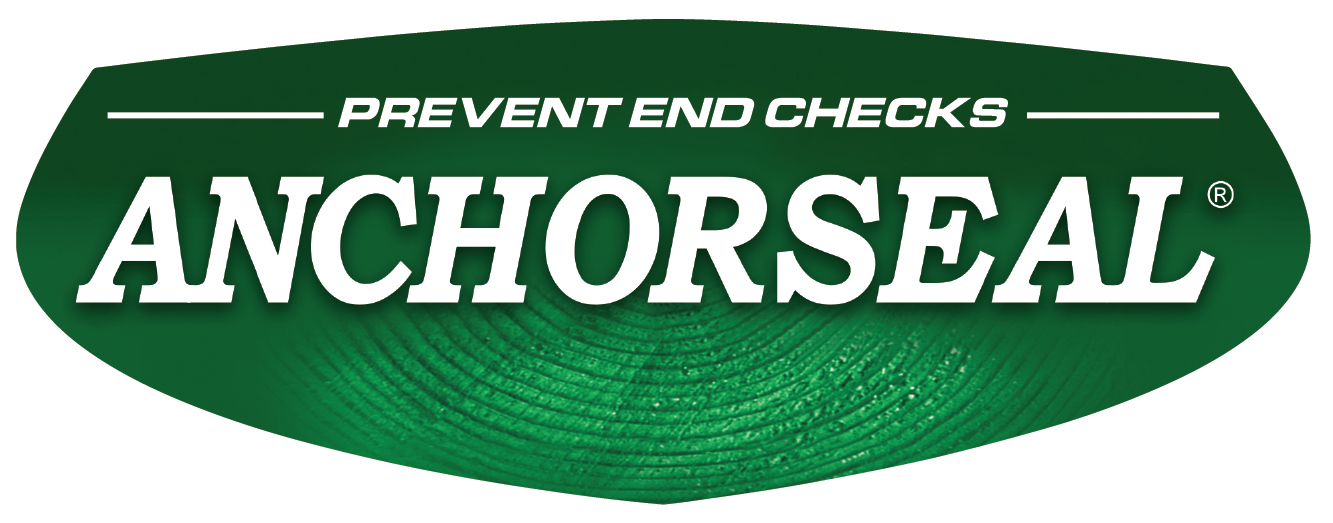If you're dealing with rotted or damaged wood, repairing it the right way can save you time and money. In many cases, you don’t need to replace the entire piece. You can fix the damage using LiquidWood® and WoodEpox® from U-C Coatings. These two products work together to restore strength and rebuild decayed areas, giving you a long-lasting repair that looks and feels like real wood.
In this guide, you’ll learn what causes wood rot, the reasons for restoring wood, and exactly how to apply LiquidWood and WoodEpox step-by-step. We’ll also cover tips for sealing and maintaining your repair so it holds up over time.
Why Wood Rots and When to Repair or Replace
Wood requires three key elements in order to rot - moisture, oxygen, and warm temperatures. When these conditions align, it provides an ideal environment for fungal growth. These conditions can be caused by improper maintenance, poor architectural design, extreme weather, and a number of other factors. Over time, the fungal activity breaks down the wood fibers, leaving soft, porous, hollow, or discolored areas.
There are two main types of rot:
- Wet rot, which stays localized and is usually caused by a direct water source.
- Dry rot, which is more aggressive and spreads through even dry areas of wood.
Both types of rot can be avoided and prevented by keeping sound wood dry. Maintaining repairs with paint or an appropriate sealant will reduce or eliminate the need for rot repairs in the future.
There are countless reasons for repairing deteriorated wood, including:
- Making relatively small repairs to architectural features like windows, doors, or columns is significantly cheaper than replacing those elements. Those same architectural elements may have historic, aesthetic, or sentimental value. Preserving the remaining wood could be “priceless”.
- Replacing wood elements with vinyl or plastic can disturb the appearance of your home and actually lower the resale value.
- In certain districts, maintaining wood features is required. Replacement might not be an option.
- Many wooden features can be difficult to remove or access. Making repairs can save significant time and effort.
What Is LiquidWood®?
LiquidWood is a two-part epoxy that restores strength to soft, rotted wood. It penetrates deep into the damaged fibers, hardens them, and acts like a primer for a filler like WoodEpox to be used over the top of it. Once LiquidWood sets, the saturated wood becomes as strong as the epoxy, restoring the structural nature of the wood fibers. You can use it indoors or outdoors, and it works on everything from antique furniture to porch posts and decorative trim. It’s low-odor, waterproof, and cures within hours depending on temperature.
What Is WoodEpox®?
WoodEpox is a high-performance, shrink-free wood filler that bonds permanently to wood and other solid materials. You can mold it into missing sections, carve and shape it to match details, and sand it smooth. Once cured, it behaves just like real wood—you can drill into it, paint it, or stain it.
It’s also GreenGuard Certified, meaning that it has extremely low VOCs, so it’s safe for indoor use. Combined with LiquidWood, it creates a long-lasting solution to repair rotted wood without needing to tear it out.
What You’ll Need Before You Start
To make the process smooth, gather these supplies:
- LiquidWood® Epoxy Consolidant
- WoodEpox® Epoxy Filler
- Chip brush or disposable paint brush
- Putty knife or small trowel
- Gloves and mixing containers
- Sandpaper (80 and 120 grit)
How to Repair Rotted Wood with LiquidWood and WoodEpox
1. Prepare the Surface
Use a screwdriver, chisel, or wire brush to remove any soft or crumbly wood. Decayed wood that flakes away easily should certainly be removed. Porous wood that can be treated with LiquidWood can remain as long as there is access to fully saturate it. Clean away dirt, dust, and paint. Let the wood dry out completely—use a moisture meter if needed. A moisture content below 18% is preferred. For best results, work on a dry day and avoid high humidity.
2. Apply LiquidWood®
Mix equal parts A and B thoroughly in a container until fully blended. Once mixed, allow for a 5-10 minute induction period where the chemical reaction of the epoxy will start taking place. Then brush or pour it directly onto the prepared wood. It will penetrate into the porous wood, darkening the affected area. Keep applying until the wood won’t absorb more. You’ll be able to observe this because the LiquidWood will remain shiny and glossy on the surface once the wood is saturated. You can also inject it into deeper cavities for extra stability by drilling small holes in the wood and using a syringe or applicator bottle to apply the epoxy. Once LiquidWood is fully applied, it’s best to fill any voids or cavities with WoodEpox before the LiquidWood hardens. Apply WoodEpox within about 30-45 minutes of applying LiquidWood.
3. Mix and Apply WoodEpox®
Wearing gloves, mix equal parts of the two WoodEpox components until the color is completely uniform. Press it firmly into any gaps, voids, or missing sections that have been treated with LiquidWood. Shape the WoodEpox while it’s soft—you can build up layers if needed. You can use a small amount of rubbing alcohol on your putty knife or trowel in order to smooth the WoodEpox while you apply it. Don’t worry about getting it perfect at this stage because you can use all your woodworking tools with WoodEpox once it has cured. It’s always better to slightly overfill versus underfill so that you don’t have to make additions to the repair later. WoodEpox will harden to the touch in several hours depending on temperature.
4. Sand and Finish
Once WoodEpox has hardened, sand it to match the surrounding surface. Start with 80 grit to shape it, then smooth it with 120 grit. After sanding, wipe off dust and apply your choice of primer, paint, or stain. Painted repairs will blend in seamlessly with the original wood.
Maintenance Tips for Long-Term Protection
To make your repairs last, seal and protect the area from future moisture. Paint or stain exposed wood surfaces and inspect them once or twice a year. Check for cracks in caulk or sealant, especially around windows and doors. If you keep water away, the repair will stay strong for many years.
Final Thoughts
You don’t have to replace rotted wood every time it gets damaged. With LiquidWood and WoodEpox, you can repair rotted wood permanently, quickly, and confidently. This method saves time, money, and keeps the original charm of your woodwork intact.
For more professional-grade solutions to preserve and restore wood, explore the full Wood Restoration Collection from U-C Coatings.














